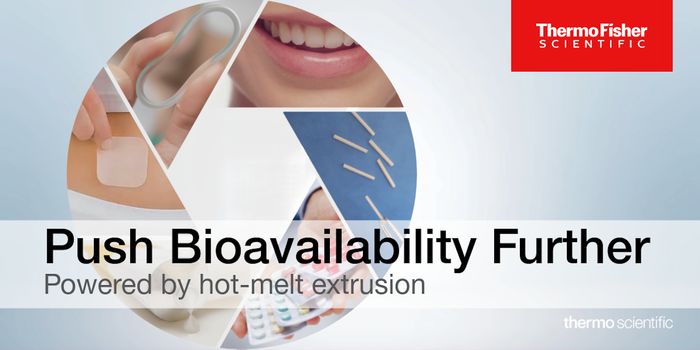Lithium-metal batteries vs lithium-ion
Although the world is set to leave fossil fuels behind and charge full speed ahead towards the electric revolution, the technology necessary for electric vehicles is not quite ready for that transition. Lithium-ion batteries are still too heavy, too expensive and take too long to charge - not to mention that the lithium mining process is not exactly a “green” replacement for fossil fuels.
Because of these limitations, researchers are intensely and urgently working on improving alternatives to lithium-ion batteries. One such alternative is a lithium-metal battery, which, compared to a lithium-ion battery, holds substantially more energy in the same volume and charges much faster. Associate Professor of Materials Science Xin Li at the Harvard School of Engineering and Applied Science (SEAS) explains:
"A lithium-metal battery is considered the holy grail for battery chemistry because of its high capacity and energy density. But the stability of these batteries has always been poor," said Li. To address this limitation, Li and his team have developed a stable, lithium-metal solid-state battery that can be charged and discharged at least 10,000 times at a high current density. They have published their findings in the journal Nature.
"Our research shows that the solid-state battery could be fundamentally different from the commercial liquid electrolyte lithium-ion battery," said Li. "By studying their fundamental thermodynamics, we can unlock superior performance and harness their abundant opportunities."
The key to unlocking said superior performance lies in layering the materials of differing stabilities in the battery between the anode and the cathode so as to control the formation of dendrites on the anode’s surface that can cause the battery to short circuit or light on fire. "Our strategy of incorporating instability in order to stabilize the battery feels counterintuitive but just like an anchor can guide and control a screw going into a wall, so too can our multilayer design guide and control the growth of dendrites," said co-author Luhan Ye.
The researchers say that their self-healing battery can charge completely within 10-20 minutes and can withstand so many charging cycles that it would make the life of an electric vehicle equivalent to that of a gasoline car without the need to replace the battery.
"This proof-of-concept design shows that lithium-metal solid-state batteries could be competitive with commercial lithium-ion batteries," said Li. "And the flexibility and versatility of our multilayer design make it potentially compatible with mass production procedures in the battery industry. Scaling it up to the commercial battery won't be easy and there are still some practical challenges, but we believe they will be overcome."
Sources: Nature, Science Daily








